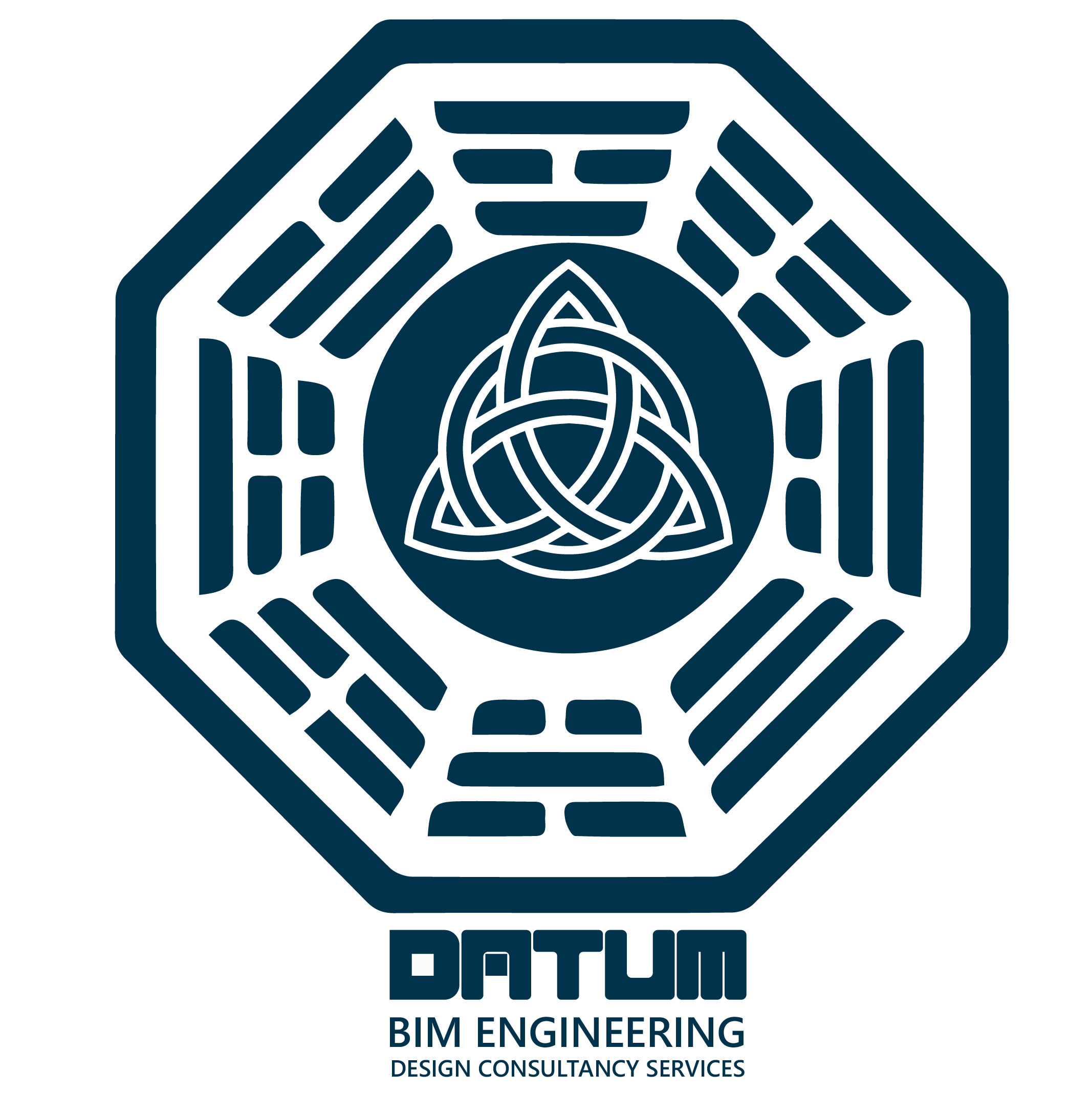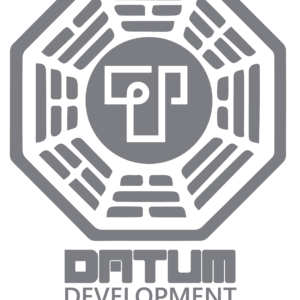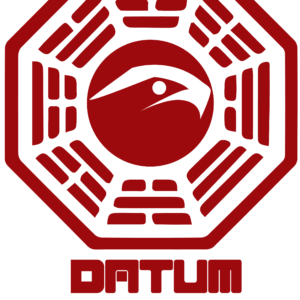Description
Course Title: Advanced MEP (Mechanical, Electrical, Plumbing) Design and Engineering
Module 1: Introduction to MEP Design
Duration: 4 hours
Description: This module introduces the basic concepts of MEP (Mechanical, Electrical, Plumbing) systems and their crucial role in building design. Emphasis is placed on how these systems integrate with other building components, the role of Building Information Modeling (BIM) in MEP design, and the overall objectives of MEP design projects.
Target Audience: Entry-level engineers, architects, and professionals starting in the construction and design industry.
Examples:
- A case study on how MEP systems improved energy efficiency in a modern office building.
- Sample BIM models showing MEP system integration.
Subtopics:
- 1.1 Overview of MEP Systems and Their Importance in Building Design
- 1.2 Introduction to Building Information Modeling (BIM) and Its Role in MEP Design
- 1.3 Understanding the Scope and Objectives of MEP Design Projects
Module 2: Building Codes and Standards
Duration: 6 hours
Description: This module covers the key building codes, regulations, and standards that impact MEP design. It also emphasizes sustainability, energy efficiency standards, and compliance across mechanical, electrical, and plumbing systems.
Target Audience: MEP engineers, project managers, and designers.
Examples:
- A review of ASHRAE standards for HVAC design.
- Analysis of LEED certification and its impact on MEP design.
Subtopics:
- 2.1 Overview of Relevant Building Codes, Regulations, and Industry Standards for MEP Design
- 2.2 Understanding Compliance Requirements for Mechanical, Electrical, and Plumbing Systems
- 2.3 Importance of Sustainability and Energy Efficiency Standards in MEP Design
Module 3: Coordination and Collaboration
Duration: 5 hours
Description: This module highlights the interdisciplinary nature of MEP design, focusing on the collaboration between architects, structural engineers, and MEP engineers. It also explores the use of collaboration tools and processes for effective project coordination.
Target Audience: MEP engineers, project coordinators, and BIM specialists.
Examples:
- Case study of successful MEP coordination in a large-scale commercial project.
- Demonstration of clash detection software used to resolve MEP conflicts.
Subtopics:
- 3.1 Understanding the Interdisciplinary Nature of MEP Design and Coordination
- 3.2 Collaboration Tools and Processes for Effective Coordination
- 3.3 Clash Detection Techniques and Strategies for Resolving Conflicts
Module 4: Design Engineering for Construction Basics
Duration: 7 hours
Description: This module provides a comprehensive overview of design engineering for construction projects, covering everything from conceptualization to detailed MEP engineering.
Target Audience: Junior engineers, construction managers, and professionals transitioning to design engineering.
Examples:
- Example project plan demonstrating the integration of architectural, structural, and MEP components.
Subtopics:
- 4.1 Understanding Project Requirements
- 4.2 Conceptualization and Planning
- 4.3 Architectural Design
- 4.4 Structural Engineering
- 4.5 Mechanical, Electrical, and Plumbing (MEP) Engineering
Module 5: Design Sequence
Duration: 6 hours
Description: This module breaks down the design sequence for MEP projects, from conceptual design to as-built documentation, with a focus on each phase’s specific outputs and requirements.
Target Audience: Design engineers, architects, and MEP project managers.
Examples:
- Example of a completed set of construction documents (CDs).
- Sample as-built drawings used for project completion and handover.
Subtopics:
- 5.1 Conceptual Design (0-30%)
- 5.2 Schematic Design (30-50%)
- 5.3 Design Development (50-100%)
- 5.4 Construction Documents (CDs)
- 5.5 Bidding and Contract Award
- 5.6 Issued for Construction (IFC) Drawings
- 5.7 Addendums and Bulletins
- 5.8 As-Built Documentation
Module 6: HVAC Design
Duration: 8 hours
Description: This module delves into the fundamentals of HVAC system design, including load calculations, equipment selection, and system layouts.
Target Audience: HVAC engineers, energy efficiency consultants, and MEP design engineers.
Examples:
- Case study of HVAC design in a high-rise building.
- Example load calculation for a commercial HVAC system.
Subtopics:
- 6.1 Fundamentals of HVAC Systems Design
- 6.2 Load Calculations, Equipment Selection, and System Layout Considerations
- 6.3 Designing Ductwork, Air Distribution Systems, and HVAC Controls
Module 7: Electrical Systems Design
Duration: 8 hours
Description: This module covers the essentials of electrical systems design, including power distribution, lighting, and communication systems.
Target Audience: Electrical engineers, facility managers, and construction project managers.
Examples:
- Example electrical load calculation for a medium-sized office building.
- Sample power distribution schematic for an industrial plant.
Subtopics:
- 7.1 Basics of Electrical Systems Design
- 7.2 Load Calculations, Voltage Drop Analysis, and Circuit Design
- 7.3 Selection of Electrical Equipment, Wiring Methods, and Grounding Systems
Module 8: Plumbing Systems Design
Duration: 6 hours
Description: This module explores the fundamentals of plumbing design, covering water supply, drainage, and sanitation systems.
Target Audience: Plumbing engineers, MEP consultants, and building services professionals.
Examples:
- Sample piping layout for a residential building.
- Example sizing of drainage systems for a commercial facility.
Subtopics:
- 8.1 Fundamentals of Plumbing Systems Design
- 8.2 Sizing and Selection of Pipes, Fittings, and Fixtures
- 8.3 Design Considerations for Water Distribution, Sewage Disposal, and Stormwater Management
Module 9: Fire Protection Systems
Duration: 6 hours
Description: This module provides an overview of fire protection systems in buildings, focusing on fire suppression, detection, and alarm systems.
Target Audience: Fire protection engineers, safety officers, and MEP design professionals.
Examples:
- Example fire sprinkler system design for a commercial space.
- Compliance checklist for fire protection standards in a high-rise building.
Subtopics:
- 9.1 Overview of Fire Protection Systems
- 9.2 Designing Fire Sprinkler Systems, Fire Alarm Systems, and Smoke Control Systems
- 9.3 Compliance with Fire Codes and Regulations for Building Safety
This structure provides a detailed framework for each module, with time durations, descriptions, target audiences, and examples to ensure clarity and engagement.




Reviews
There are no reviews yet.